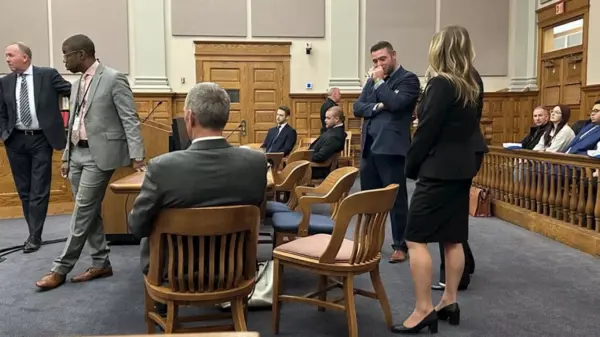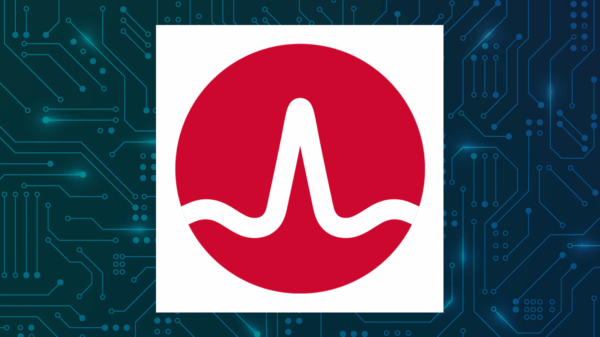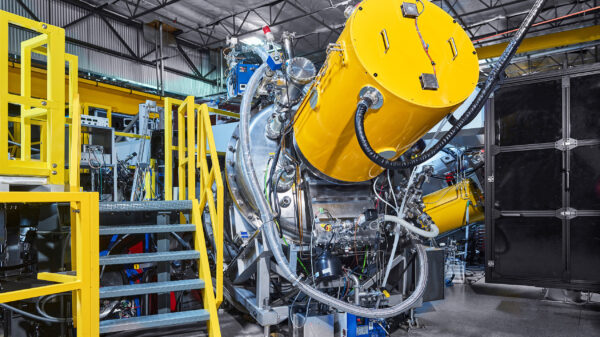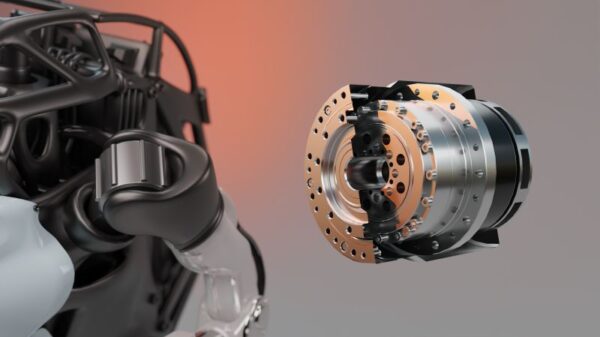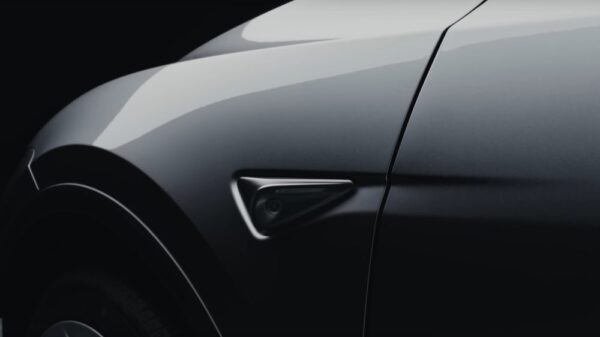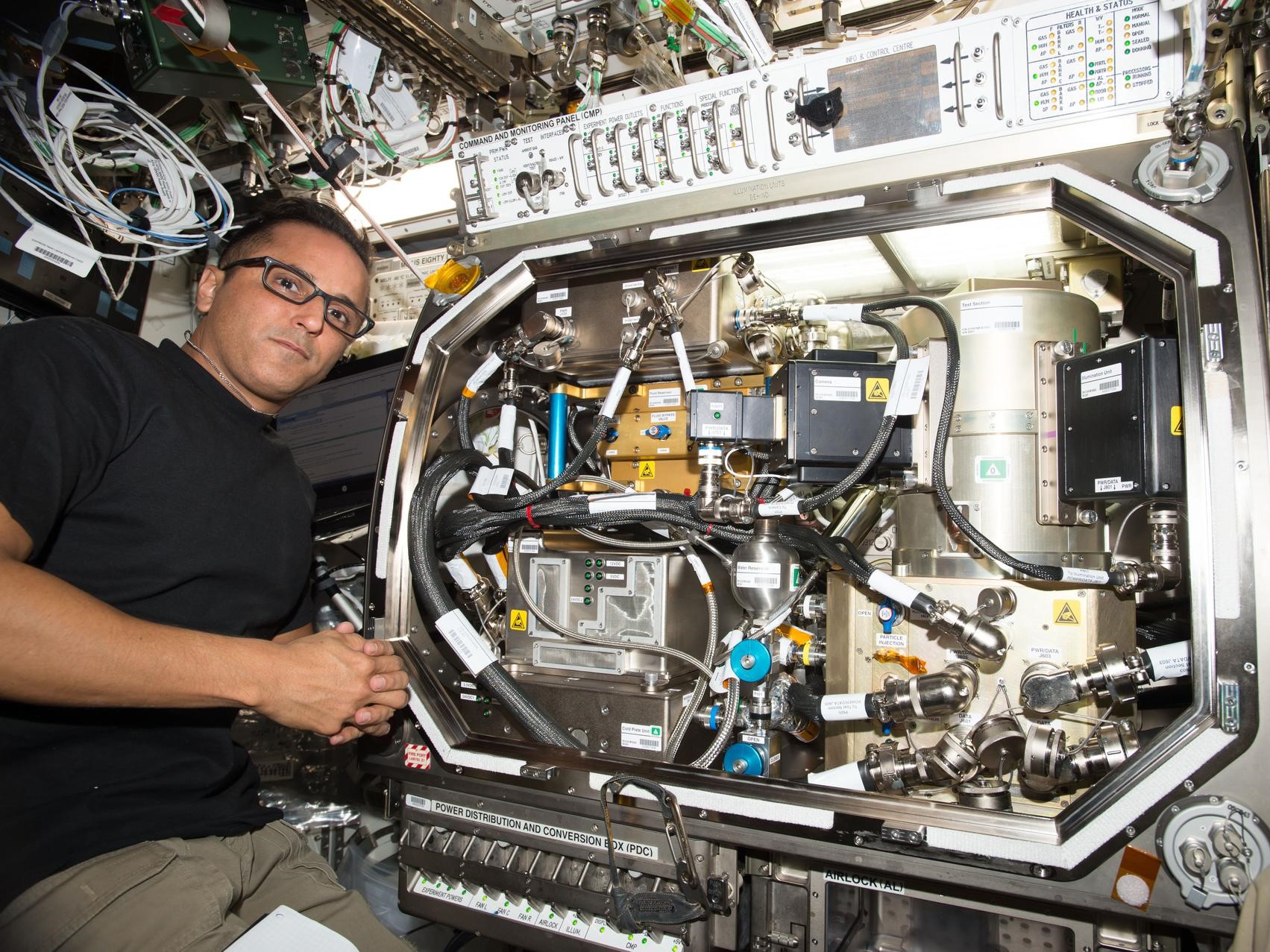NASA has launched its next resupply mission to the International Space Station (ISS), aimed at advancing critical research in cancer and semiconductor technologies. The mission, which took place on October 3, 2023, marks a significant step in leveraging microgravity to conduct experiments that could lead to breakthroughs in these vital fields.
The resupply mission, carried out by SpaceX, delivered a variety of scientific payloads, including equipment and materials specifically designed for experiments focused on cancer treatment and the development of advanced semiconductors. This initiative underscores the importance of space research in addressing pressing health and technological challenges on Earth.
Advancements in Cancer Research
One of the primary objectives of this mission is to explore how cancer cells behave in microgravity. Researchers believe that studying these cells in the unique environment of space could reveal new insights into their growth and resistance to treatment. According to NASA, the findings may contribute to more effective therapies for cancer patients.
The payload includes samples intended for a series of experiments that will analyze cellular responses and interactions. The research team, composed of scientists from several institutions, aims to identify potential treatment strategies that could improve patient outcomes.
Innovations in Semiconductor Technology
In addition to cancer research, the resupply mission also focuses on advancing semiconductor technology. The experiments on the ISS will investigate how materials behave under different conditions in space. These findings are expected to inform the development of more efficient and powerful semiconductors, which are critical for a wide range of applications, from consumer electronics to advanced computing systems.
The research in microgravity can reveal unique properties in materials that are difficult to observe on Earth. As the demand for faster and more efficient electronic devices continues to grow, the need for innovative semiconductor solutions becomes increasingly urgent.
NASA’s ongoing collaboration with private industry partners like SpaceX not only facilitates these significant missions but also highlights the potential of public-private partnerships in pushing the boundaries of scientific discovery. The combination of government and commercial efforts is crucial for expanding the horizons of research in space.
As these experiments unfold aboard the ISS, the scientific community eagerly anticipates the potential breakthroughs that could arise from this mission. The intersection of cancer research and semiconductor technology in a microgravity environment may yield results that extend far beyond the laboratory, impacting healthcare and technology sectors globally.
In summary, NASA’s latest resupply mission not only supports essential research but also exemplifies the agency’s commitment to leveraging space for the betterment of life on Earth. The outcomes of these experiments could pave the way for transformative advancements in both cancer treatment and semiconductor technology.
















